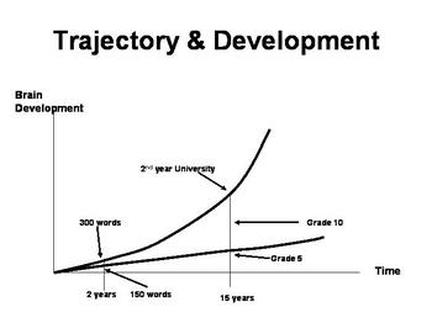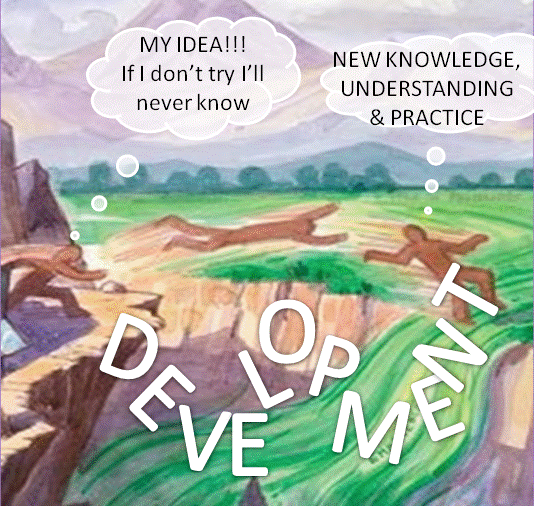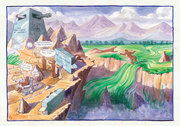
All of our thinking and development work to date has focused on fully functioning people, and mainly young people who are already well developed and mature in their developmental outlook. Michael Eraut used the term trajectory to describe the developmental pathways we create for ourselves but others influence as we journey through our lives. He developed the idea in the context of his extended studies of how people learn through their work but they are relevant to any facet of life and therefore are relevant to lifewide learning and development. Michael talks about development being a function of the opportunities we have for experiences that will enable us to fulfil particular roles and tasks and in that process develop ourselves, on the assumption that we have the capability to occupy the role. The absence of opportunity, over a sustained period leads to regression of capability. Conversely, we need to create particular types of opportunity for ourselves in order to progress along the developmental trajectories we aspire.
As I watch the twins I can see that one is able to create opportunity for himself as he plays and explores his surroundings because he has attained a certain capability, while the other twin, who has no mobility, is much more dependent on those near to him to provide opportunity and to help him lead a good life. And this in turn his making his mum develop herself in order to serve his needs. In this way their developmental trajectories are intertwined. I am forced to wonder whether our approach to lifewide learning is only relevant to those people who are able to create their own opportunities for development.






 RSS Feed
RSS Feed